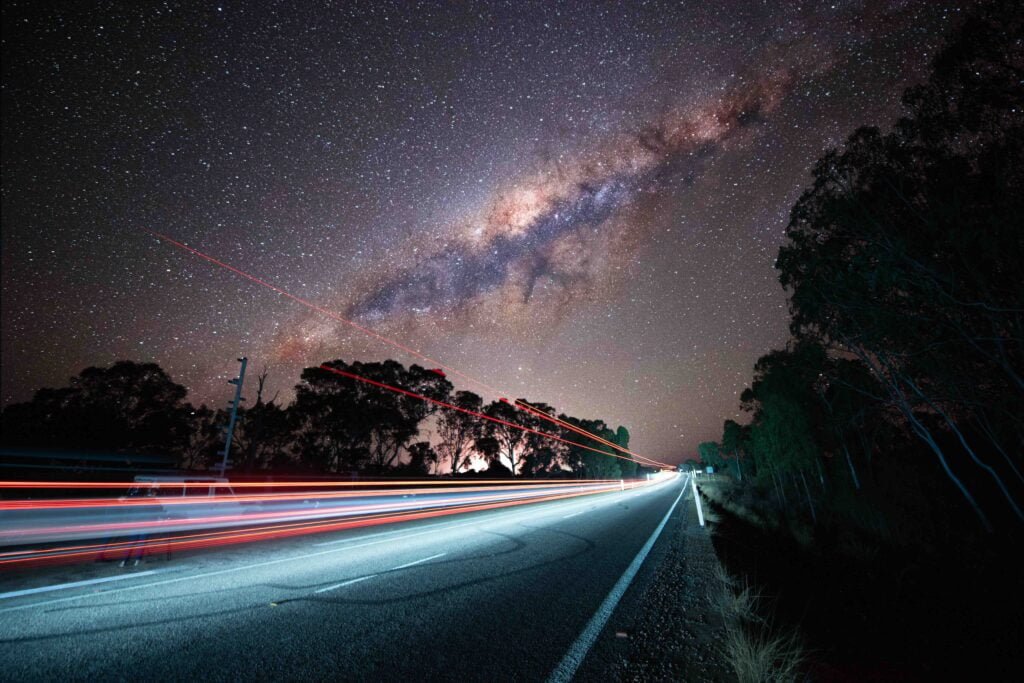photography, shutter speed
Let’s Talk About Shutter Speed
Mastering Shutter Speed: Unveiling the Essence of Photography
Introduction: In the world of photography, mastering the art of capturing stunning images involves understanding and harnessing various technical elements. Among these, shutter speed stands as one of the fundamental pillars. It holds the power to freeze motion, create dramatic effects, or convey a sense of motion in your photographs. In this blog, we’ll delve into the essence of shutter speed, its significance, and how it influences the outcome of your images.
Understanding Shutter Speed: Shutter speed refers to the length of time your camera’s shutter remains open, allowing light to pass through and expose the camera’s sensor to create an image. It is measured in fractions of a second, ranging from fractions like 1/8000th of a second for high-speed photography to several seconds for long exposure shots.
Significance of Shutter Speed: The significance of shutter speed lies in its ability to control motion within a photograph. A faster shutter speed freezes action, capturing crisp details of moving subjects, while a slower shutter speed creates motion blur, imparting a sense of movement to your images. Understanding how to manipulate shutter speed enables photographers to convey emotion, tell stories, and evoke specific moods in their photos.
Applications of Shutter Speed:
- Freezing Action: Sports, wildlife, and street photography often require fast shutter speeds to freeze fast-moving subjects in sharp detail. A shutter speed of 1/500th of a second or faster is typically used to capture these moments effectively.
- Creating Motion Blur: Slower shutter speeds can be used creatively to blur motion, adding a dynamic element to your images. This technique is commonly employed in capturing flowing waterfalls, traffic trails at night, or the graceful movement of dancers.
- Long Exposure Photography: By using extremely slow shutter speeds, often several seconds or more, photographers can capture stunning long exposure shots. This technique is popular for capturing star trails, light painting, and smooth, dreamy effects in landscape photography.
Factors Affecting Shutter Speed:
- Lighting Conditions: In low light situations, slower shutter speeds may be necessary to allow sufficient light to reach the camera sensor, while in bright conditions, faster shutter speeds are required to avoid overexposure.
- Subject Movement: The speed at which your subject is moving will dictate the appropriate shutter speed needed to freeze or blur motion effectively.
- Desired Effect: Understanding the desired effect you wish to achieve in your photograph will guide your choice of shutter speed. Whether you aim to freeze action or convey motion, selecting the appropriate shutter speed is crucial.
Conclusion: Mastering shutter speed is essential for photographers seeking to elevate their craft and create captivating images. By understanding its significance, applications, and the factors influencing its selection, photographers can unlock endless creative possibilities. Experimenting with different shutter speeds allows photographers to push the boundaries of their creativity and capture moments that resonate with viewers on a profound level. So, the next time you pick up your camera, remember that behind every stunning image lies the precise control of shutter speed.

